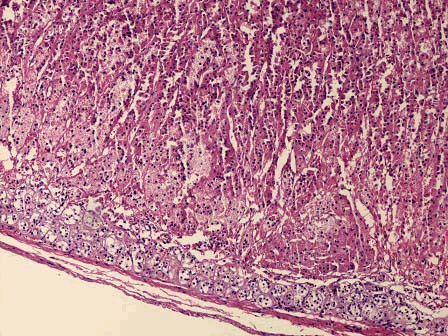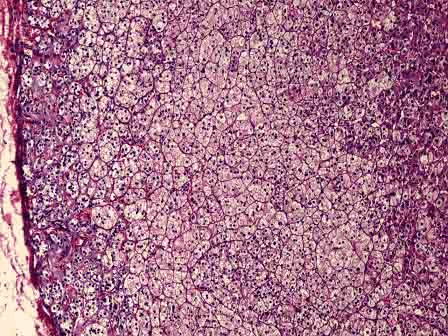问题
多项选择题 案例分析题
患者男,63岁,因“乏力、纳差2个月”来诊。无饮酒、用药史。查体:血压150/70mmHg(1mmHg=0.133kPa),巩膜轻度黄染。肝生化:丙氨酸氨基转移酶(ALT)180U/L、天冬氨酸氨基转移酶(AST)102U/L、碱性磷酸酶(ALP)431U/L、γ-谷氨酰基转移酶(GGT)289U/L,总胆红素(TBil)48μmol/L,总蛋白(TP)85.4g/L,清蛋白(ALB)41.3g/L,胆固醇7.31mmol/L,总胆汁酸17.6μmol/L。抗-HAVIgM(-),HBsAg(-),抗-HCV(-),抗线位体抗体(AMA)阴性,抗核抗体阳性(效价1∶640)。腹部超声:肝实质回声增多。
符合该病特点的表现是()
A.ALT增高大于正常上限5倍以上
B.IgG显著增高
C.IgM显著增高
D.抗肝肾微粒体抗体(LKM)阳性
E.IgA显著增高
F.可以合并干燥综合征
答案
参考答案:C, F


